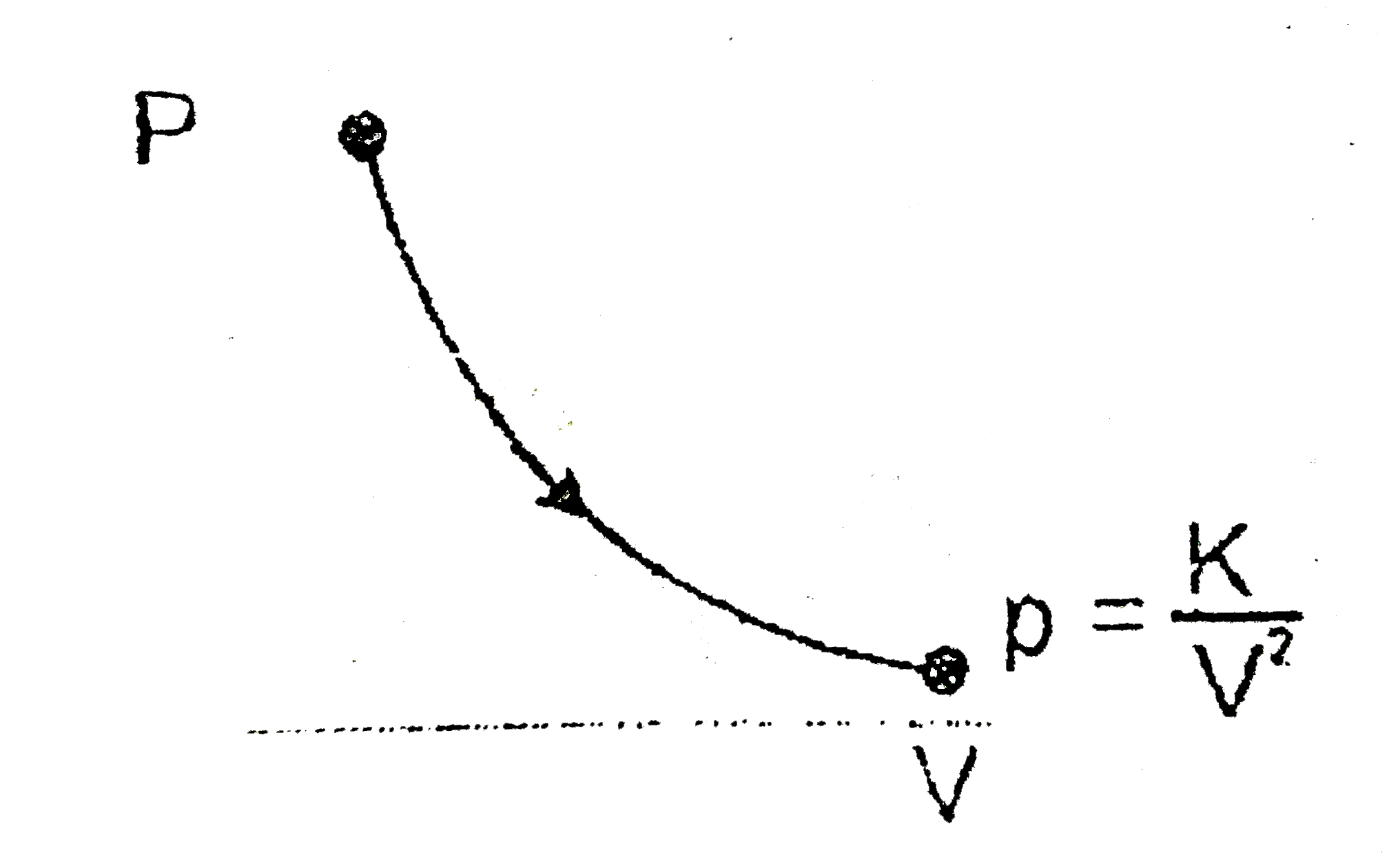An amount of heat is added to a monatomic ideal gas in a process in which the gas performs work Q2 on its surrounding. Find the molar heat capacity for the process.
To find the molar heat capacity for the process where an amount of heat Q is added to a monatomic ideal gas that performs work Q2 on its surroundings, we can follow these steps:
Step 1: Apply the First Law of Thermodynamics
The first law of thermodynamics states:
ΔQ=ΔU+ΔW
Where:
- ΔQ is the heat added to the system,
- ΔU is the change in internal energy,
- ΔW is the work done by the system.
Given that ΔQ=Q and ΔW=Q2, we can substitute these values into the equation:
Q=ΔU+Q2
Step 2: Solve for Change in Internal Energy
Rearranging the equation gives:
ΔU=Q−Q2=Q2
Step 3: Relate Change in Internal Energy to Temperature Change
For a monatomic ideal gas, the change in internal energy can be expressed as:
ΔU=nCVΔT
Where:
- n is the number of moles,
- CV is the molar heat capacity at constant volume, which for a monatomic ideal gas is 32R,
- ΔT is the change in temperature.
Substituting ΔU into the equation gives:
Q2=n(32R)ΔT
Step 4: Solve for Temperature Change
Rearranging the equation to find ΔT:
ΔT=Q3nR
Step 5: Relate Heat Added to Molar Heat Capacity
The heat added can also be expressed as:
ΔQ=nCΔT
Where C is the molar heat capacity for the process. Substituting ΔT gives:
Q=nC(Q3nR)
Step 6: Solve for Molar Heat Capacity
Cancelling n and Q from both sides results in:
1=C3R
Thus, we can solve for C:
C=3R
Final Answer
The molar heat capacity for the process is:
C=3R
---
The first law of thermodynamics states:
ΔQ=ΔU+ΔW
Where:
- ΔQ is the heat added to the system,
- ΔU is the change in internal energy,
- ΔW is the work done by the system.
Q=ΔU+Q2
Rearranging the equation gives:
ΔU=Q−Q2=Q2
For a monatomic ideal gas, the change in internal energy can be expressed as:
ΔU=nCVΔT
Where:
- n is the number of moles,
- CV is the molar heat capacity at constant volume, which for a monatomic ideal gas is 32R,
- ΔT is the change in temperature.
Q2=n(32R)ΔT
Rearranging the equation to find ΔT:
ΔT=Q3nR
The heat added can also be expressed as:
ΔQ=nCΔT
Where C is the molar heat capacity for the process. Substituting ΔT gives:
Q=nC(Q3nR)
Cancelling n and Q from both sides results in:
1=C3R
Thus, we can solve for C:
C=3R
The molar heat capacity for the process is:
C=3R
Topper's Solved these Questions
Similar Questions
If Q amount of heat is given to a diatomic ideal gas in a process in which the gas perform a work 2Q3 on its surrounding. Find the molar heat capacity (in terms of R) for the process.
View Solution600J of heat is added to a monoatomic gas in a process in which the gas performs a work of 150J. The molar heat capacity for the process is
View SolutionThe molar heat capacity for an ideal gas
View SolutionA monoatomic ideal gas undergoes a process in which the ratio of P to V at any istant is constant and equal to unity. The molar heat capacity of the gas is
View SolutionA monoatomic ideal gas undergoes a process in which the ratio of P to V at any istant is constant and equal to unity. The molar heat capacity of the gas is
View SolutionIf heat is supplied to an ideal gas in an isothermal process.
View SolutionThe molar heat capacity for the process shown in fig. is

View SolutionAn ideal gas whose adiabatic exponent equals γ expands so that the amount of heat transferred to it is equal to the decrease of its internal energy. Find
a. the molar heat capacity of the gas, and
b. the T -V equation for the process.
View SolutionThe ratio of P to V at any instant is constant and is equal to 1. for a monoatomic ideal gas under going a process. What is the molar heat capacity of the gas
View SolutionWhat amount of heat is to be transferred to nitrogen in an isobaric heating process so that the gas may perform 2 J work?
View Solution
